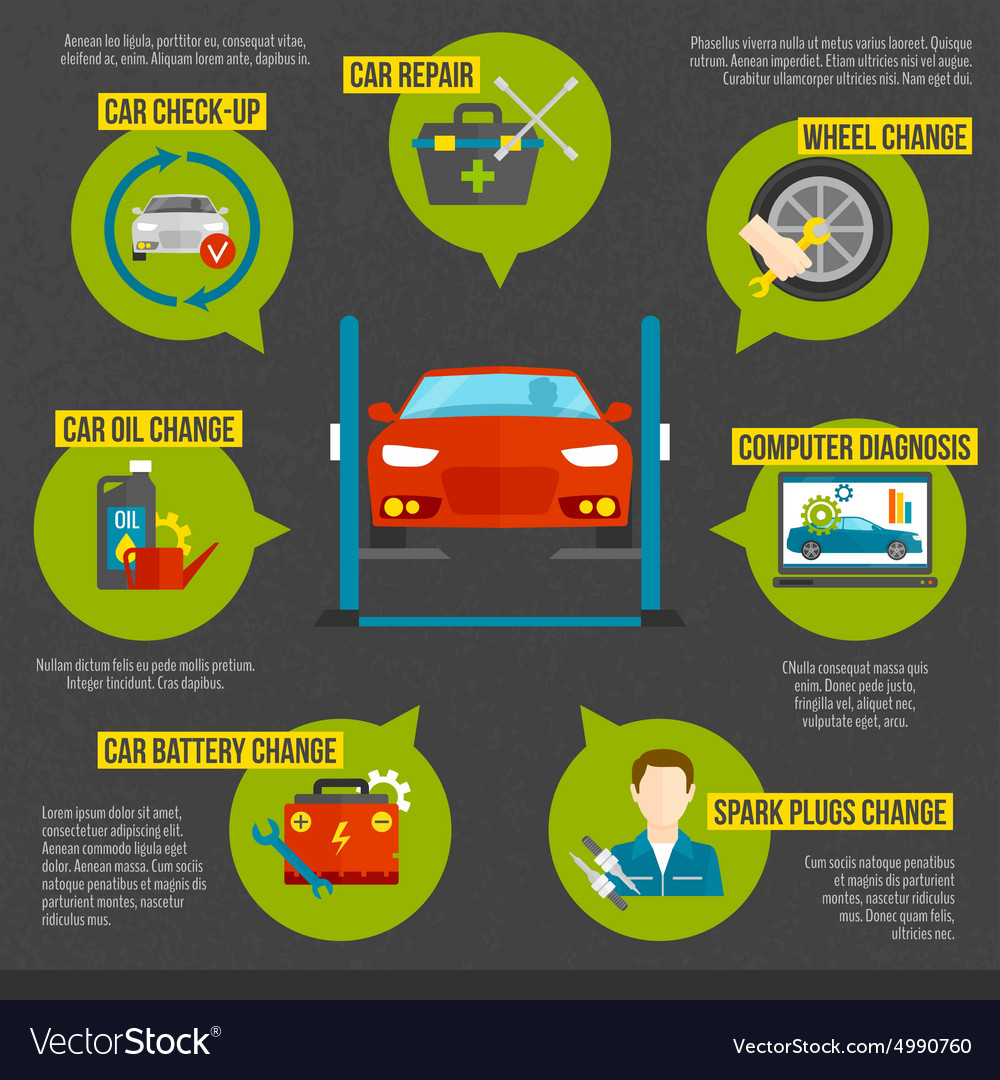Open Up The Hood To Discover Typical Brake System Issues And Their Repairs, Yet What About Squishy Brake Pedals? Figure Out The Option In Advance! Discover More Listed Below
Open Up The Hood To Discover Typical Brake System Issues And Their Repairs, Yet What About Squishy Brake Pedals? Figure Out The Option In Advance! Discover More Listed Below
Blog Article
Content By-Erickson White
When it comes to your automobile's brake system, recognizing typical problems can save you from possible security threats. From recognizing brake pad wear to resolving brake fluid leaks, understanding how to deal with these problems is essential. However what about those spongy brake pedals? There's a solution for that as well. Stay tuned to find out more concerning these problems and the functional solutions that can keep you safely when traveling.
Brake Pad Put On and Substitute
When it involves keeping your vehicle's brake system, one crucial element to keep an eye on is the wear and substitute of brake pads. Brake pads are essential components that push versus the brake blades to slow down or stop your automobile. With time, these pads wear down due to friction, calling for normal evaluation and replacement to ensure your brakes work properly.
To determine if your brake pads require substitute, pay attention for shrilling or grinding sounds when you apply the brakes. In addition, if your lorry takes longer to quit or you discover vibrations or pulsations when braking, it may be time to replace the brake pads.
Neglecting used mechanic labor rate can bring about reduced braking efficiency, damage to other brake elements, and even brake failure.
Replacing brake pads is a fairly simple procedure for several automobiles. Nonetheless, if you're uncertain or awkward executing this job, it's finest to speak with an expert auto mechanic to ensure appropriate installment and optimal brake efficiency.
Routinely checking and changing brake pads is important for your safety and the long life of your lorry's stopping system.
Brake Liquid Leaks and Maintenance
To ensure your vehicle's brake system operates optimally, it's important to additionally take notice of brake liquid leakages and maintenance. Brake fluid is critical for transmitting the force from your foot on the brake pedal to the actual stopping device. One common concern with brake liquid is leaks, which can take place due to shabby brake lines, seals, or links. If you notice a pool or drips under your cars and truck, it's vital to address the leak promptly to avoid a possible brake failing.
Frequently checking your brake liquid level is crucial to keeping your brake system. Reduced brake liquid can result in air going into the brake lines, which compromises braking performance.
Furthermore, old or infected brake liquid can impact the general efficiency of your brakes. It's advised to adhere to the manufacturer's standards on when to alter the brake fluid, generally every 2 years.
Spongy Brake Pedal: Blood Loss Brakes
If you've ever experienced a squishy brake pedal while driving, you comprehend the importance of maintaining a firm and responsive stopping system. One typical reason for a squishy brake pedal is air entraped in the brake lines. When https://wayloneauon.blogadvize.com/38233530/translating-the-relevance-of-your-vehicle-s-caution-indicators gets in the brake system, it can cause a loss of hydraulic stress, causing that distressing squishy feeling when you press the brake pedal.
To fix this problem, bleeding the brakes is essential. Hemorrhaging the brakes involves eliminating the air from the brake lines to bring back proper hydraulic pressure.
To https://www.theguardian.com/world/2022/jun/11/the-return-of-banditry-russian-car-industry-buckles-under-sanctions , you'll need a helper to aid you. Start by finding please click the next post on each wheel, generally located near the brake caliper. With a wrench, loosen up the valve and have your helper press the brake pedal while you observe any type of air bubbles coming out. Repeat this process for every wheel, beginning with the wheel farthest from the master cylinder and moving better.
When you no longer see air bubbles and just clear fluid emerges, tighten up the shutoff and top up the brake fluid tank as required. Bleeding the brakes assists guarantee a company brake pedal and boosts overall stopping performance.
Final thought
Since you comprehend usual brake issues and exactly how to repair them, you can guarantee your car's safety and security and performance. Remember to pay attention for warning signs like shrilling noises or squishy brake pedals, and address them quickly. Regular maintenance and timely substitutes are essential to maintaining your brakes in leading condition. Remain aggressive and alert to your brake system to take pleasure in safe and trusted driving experiences.
